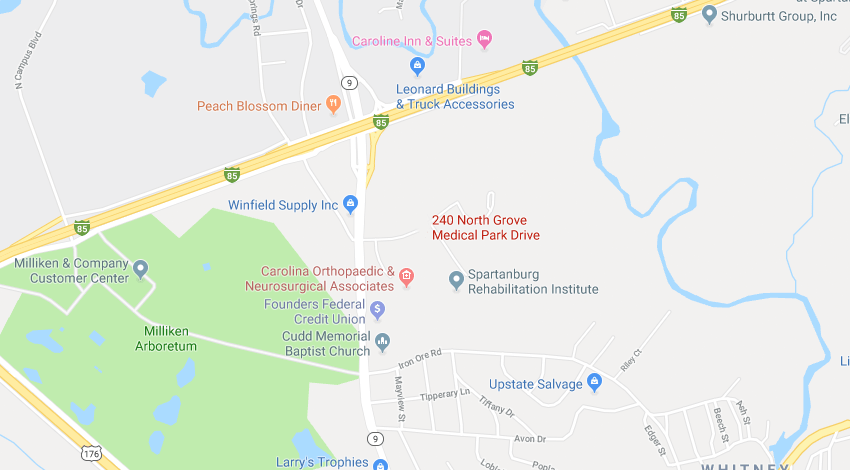How to Avoid a Dental Emergency this Halloween
October 11th, 2018
To help parents prepare for Halloween, we’ve outlined some ways to help them avoid – and handle – some common dental emergencies.
Oral Cuts
Oral cuts can happen any time during the day, but Halloween presents extra challenges for some. That’s because a lot of popular Halloween costumes for kids feature scary, pointy teeth. Fake teeth – particularly sharp teeth or pointed teeth – can accidentally cut your child’s cheeks, tongue or gums. If your child is using fake teeth this Halloween, urge them to take them out at mealtime, and not to eat anything while they have them on.
Be prepared: Have some clean gauze or cloth stored in your medicine cabinet for oral cuts. To fix an oral cut, rinse out your child’s mouth with clean water. If there is bleeding, apply gentle pressure with a gauze or cloth. If the bleeding can’t be controlled, then visit their doctor or pediatric dentist immediately.
Knocked Out Teeth
Children often lose teeth as a result of an injury or blow to the face or mouth. During Halloween, trick-or-treaters typically walk around the neighborhood at night when visibility is low. When it’s harder to see, it becomes easier to trip and fall on a curb or uneven sidewalk surface. Be sure that your trick-or-treaters bring a flashlight with them so they can see where they’re walking.
Be prepared: Visit your local pharmacy and look for a tooth preservation system - like the ADA Approved Save-A-Tooth. If the dislodged tooth is stored properly, then we may be able to reinstall it. If your child loses a permanent tooth, then it is imperative that you visit our office immediately.
Fractured Tooth
Unfortunately, fractured teeth happen. This can be especially true during Halloween, when children are chewing on their favorite candy. Be sure to warn your children against chewing on hard candy this year, since it can crack teeth.
Be prepared: If your child fractures a tooth, then rinse out their mouth with warm water to reduce the chance of infection. If you have a piece of the fractured tooth, then keep in a bag or glass of milk and bring it to our office as soon as possible.
Be Safe this Halloween
Halloween is an incredibly fun holiday for families across the globe. If your family plans on celebrating Halloween this year, be sure that they limit the amount of candy they have, and make sure they drink plenty of water.
If your family has a dental emergency, then call our office. We are equipped to deal with all dental emergencies and will be able to help your child’s smile!



